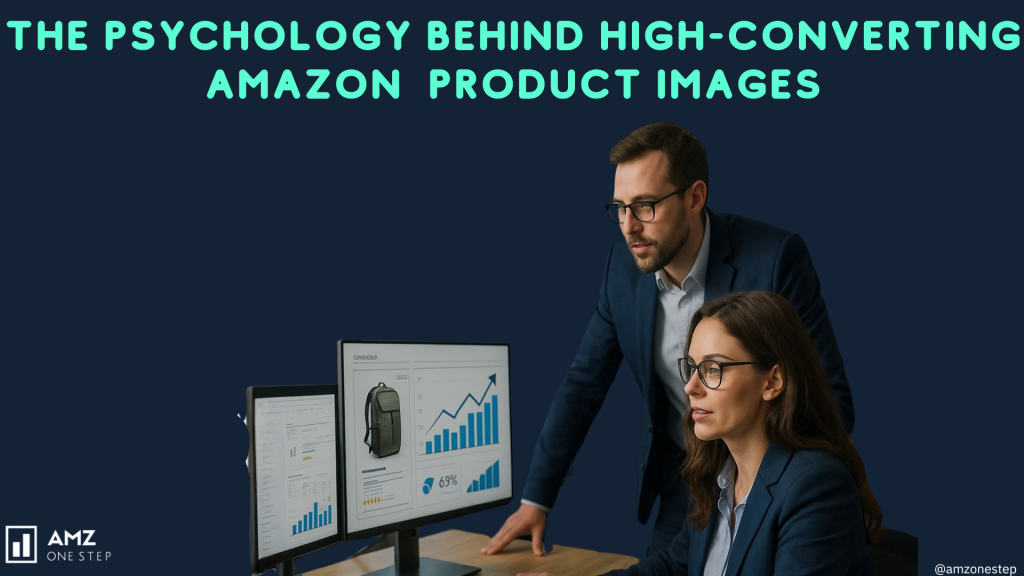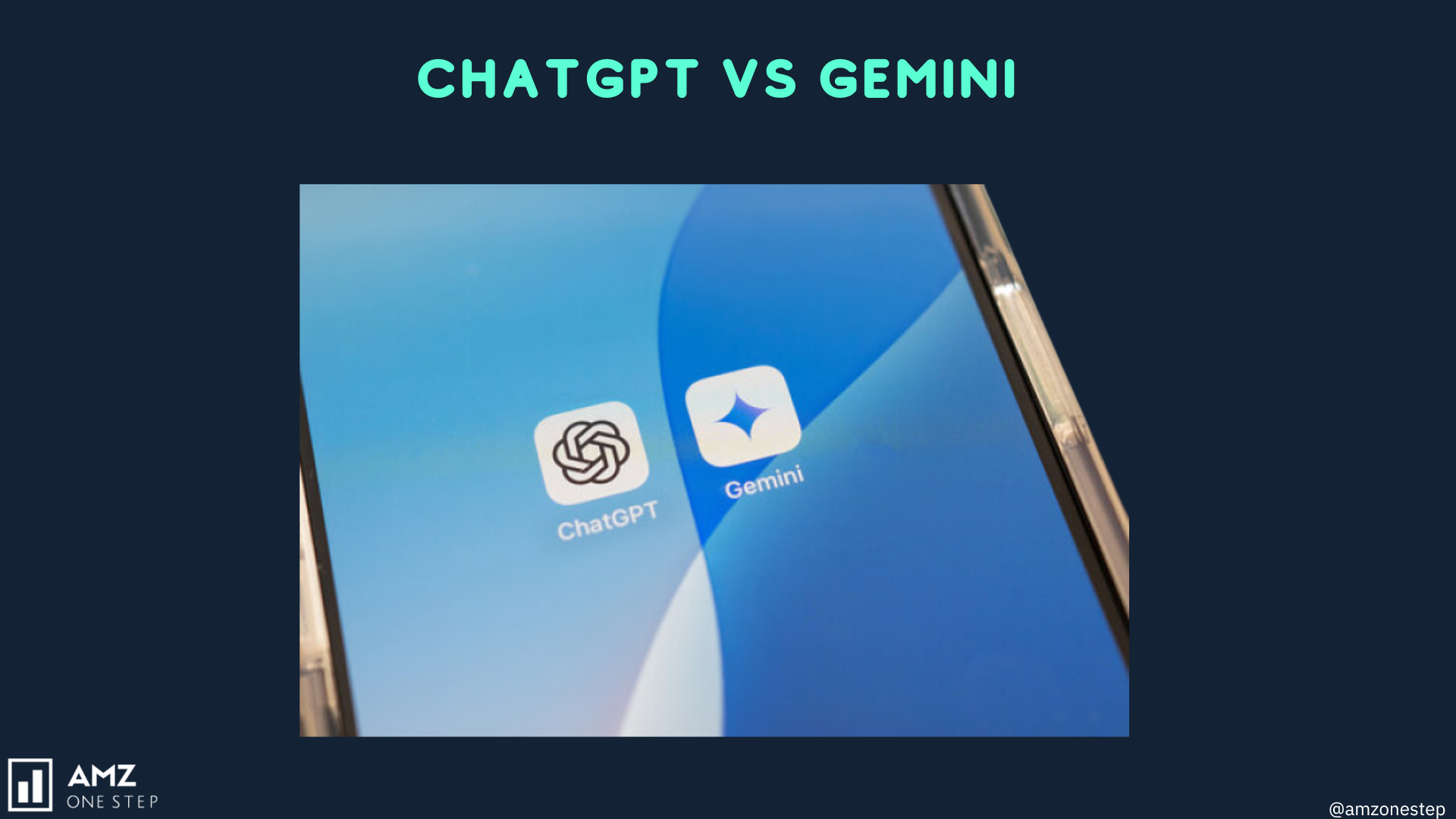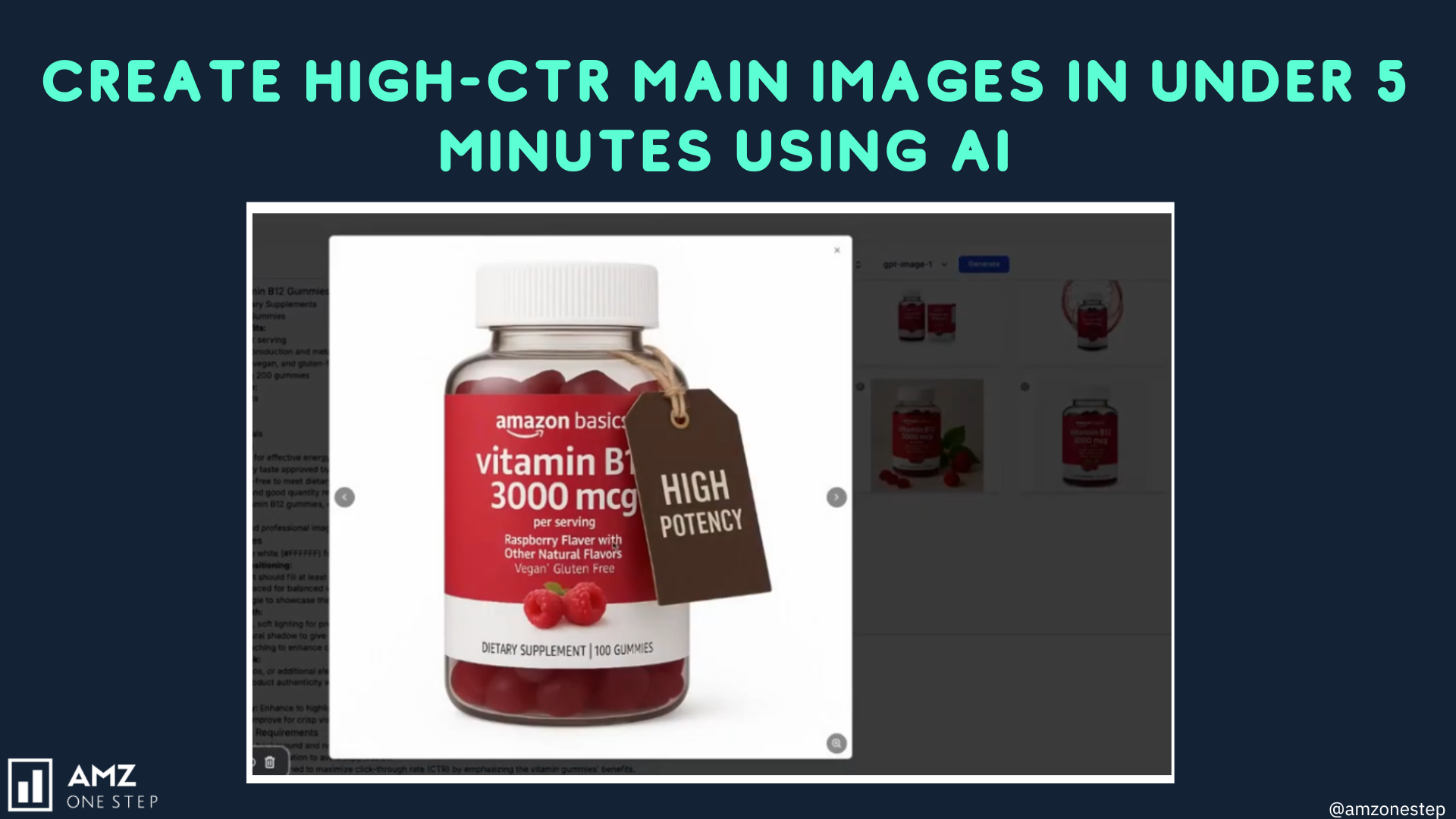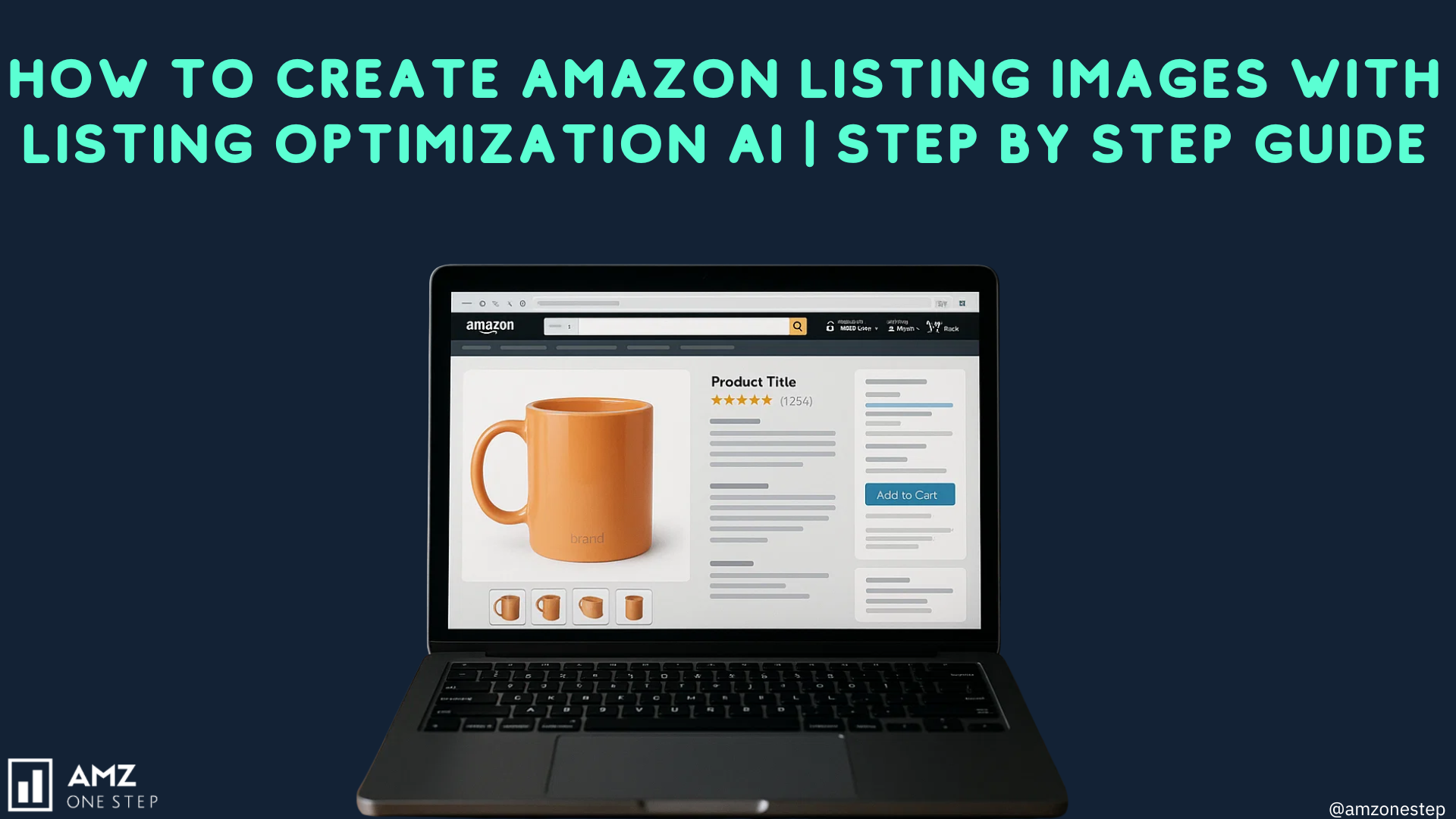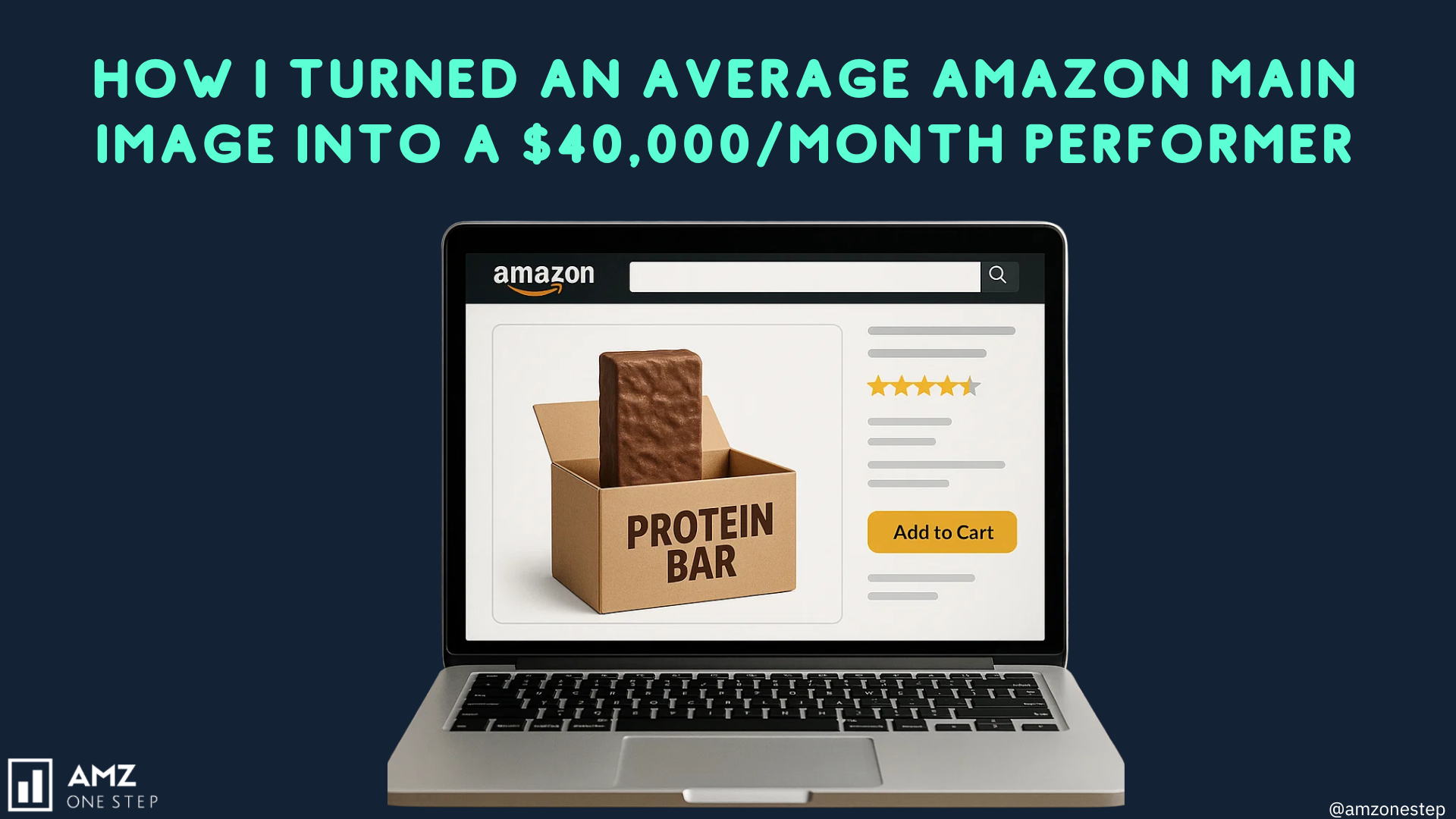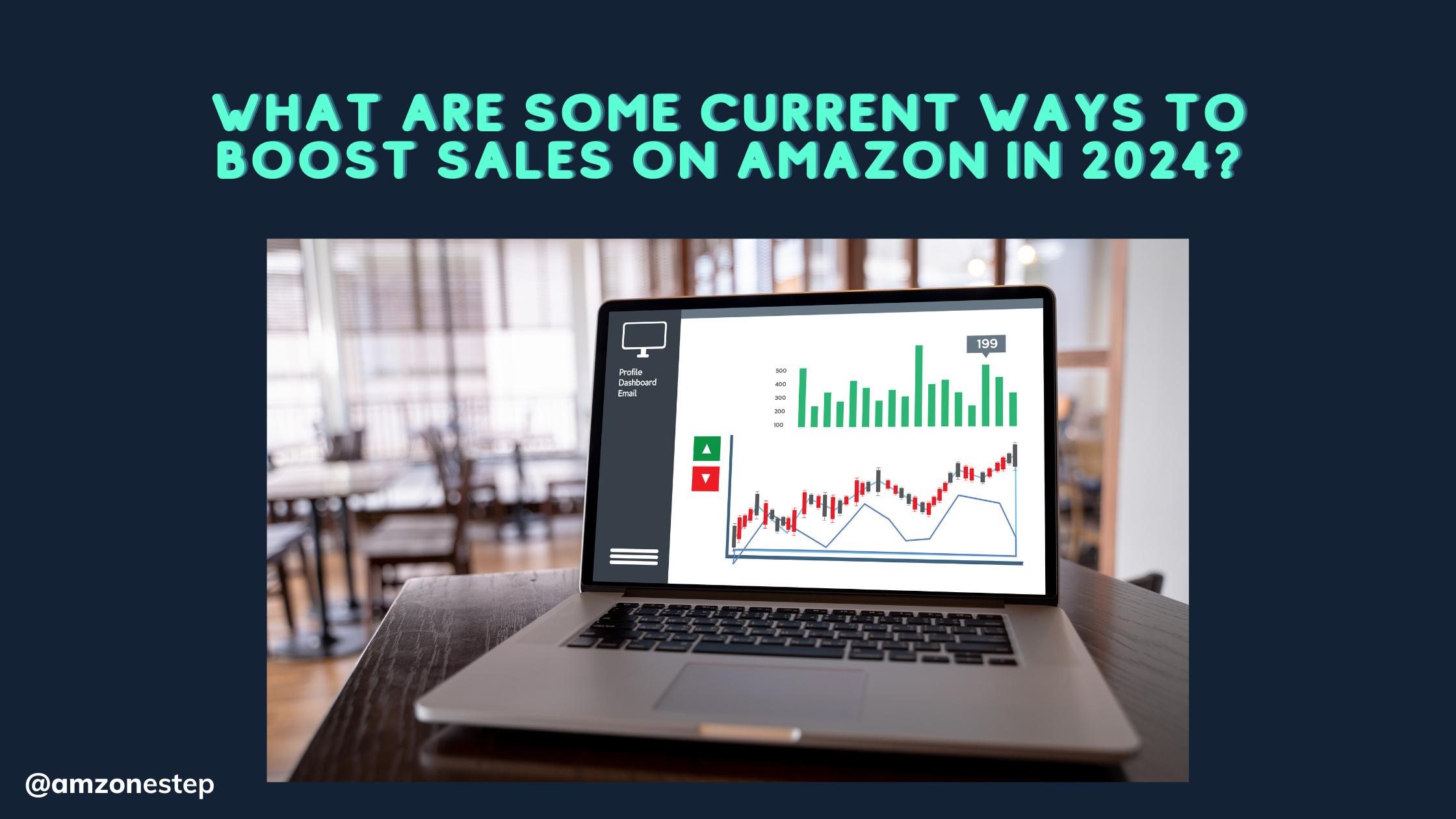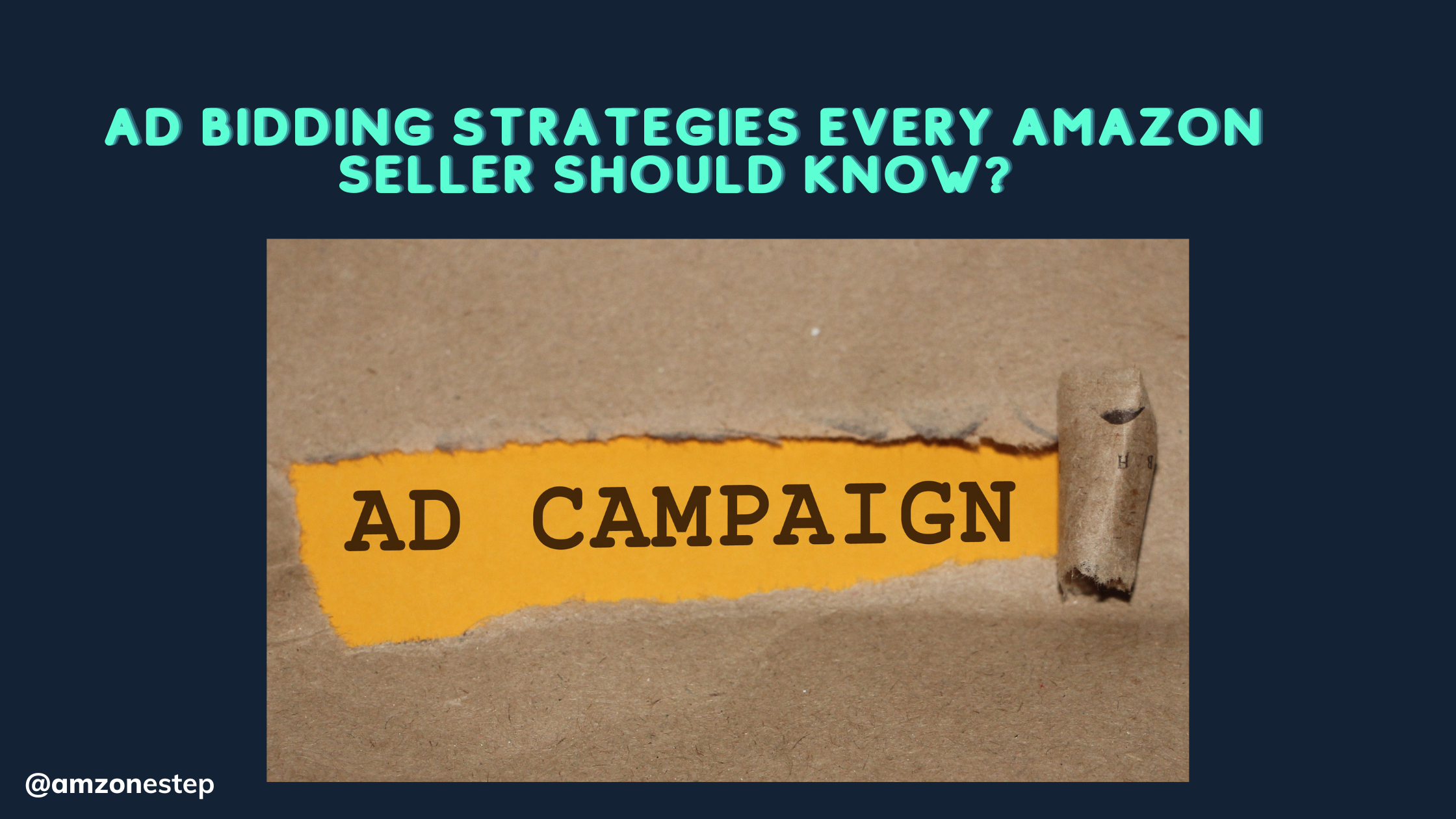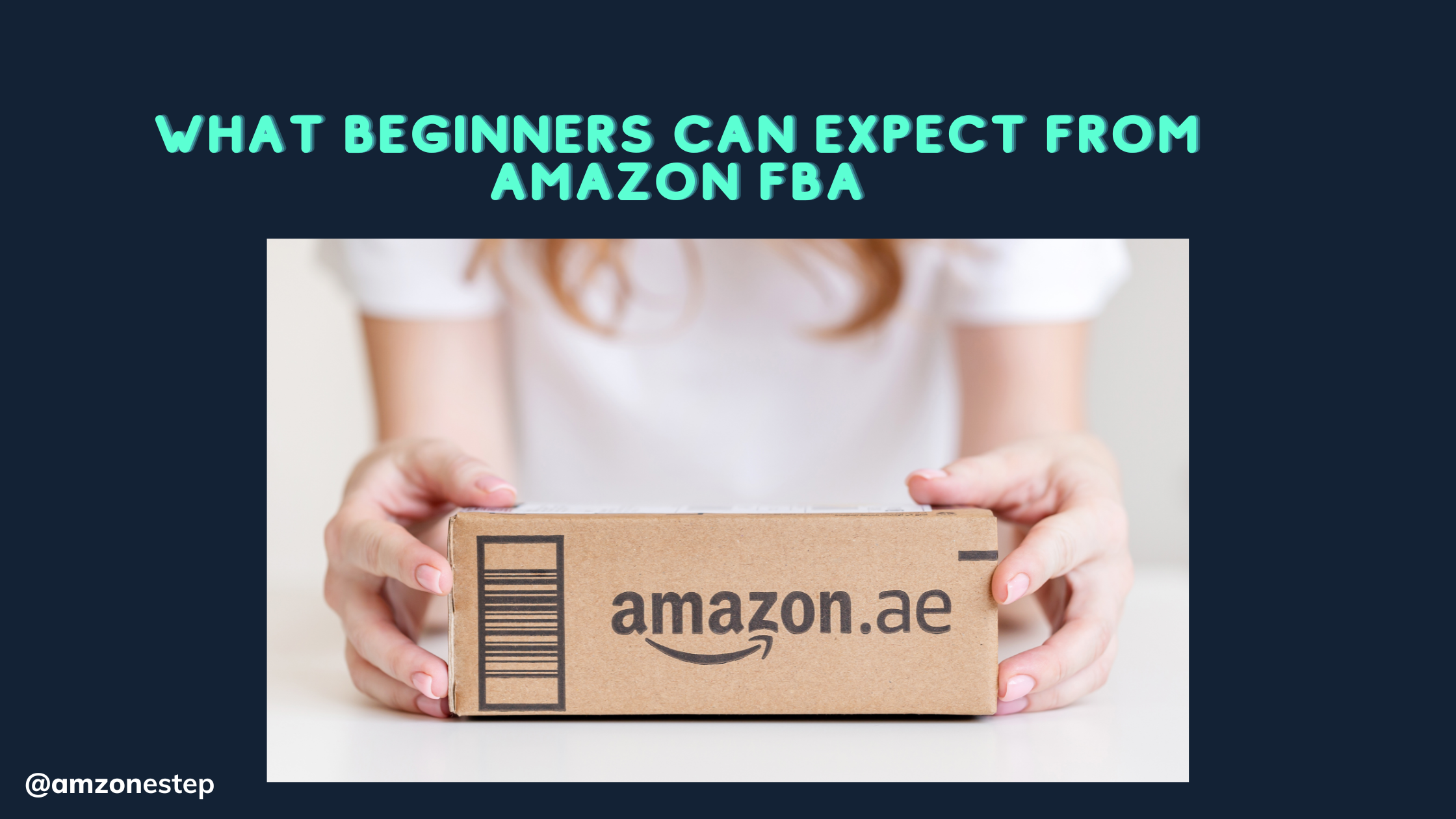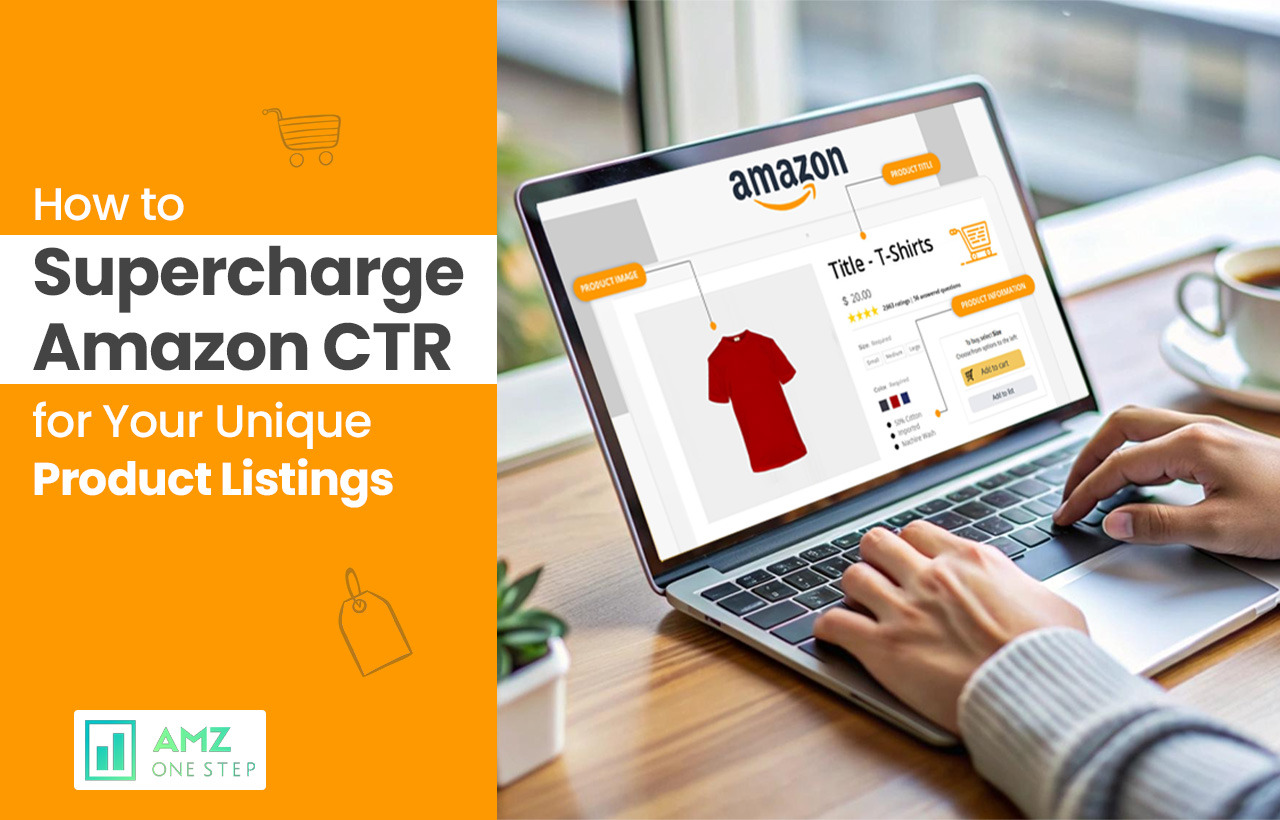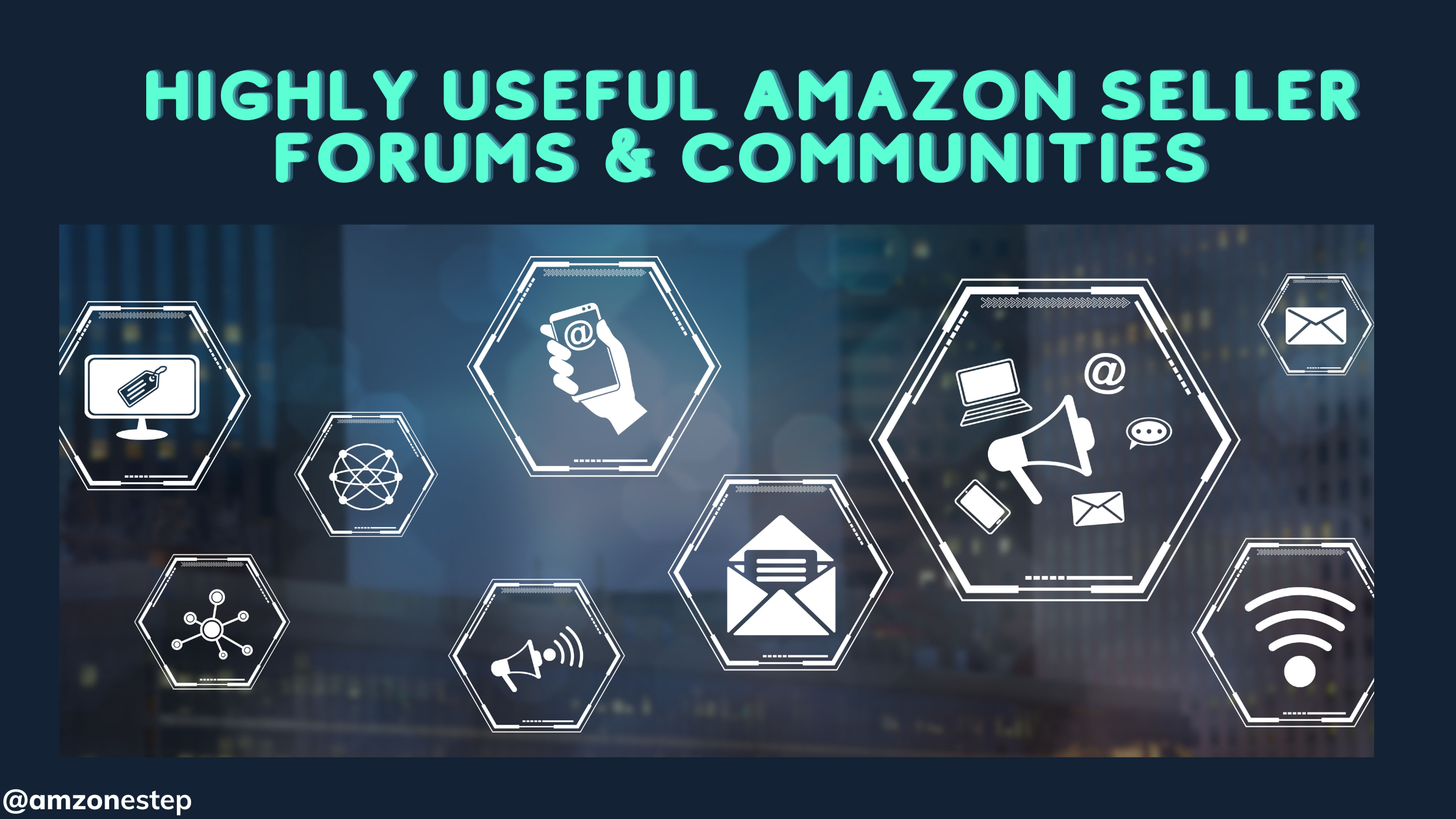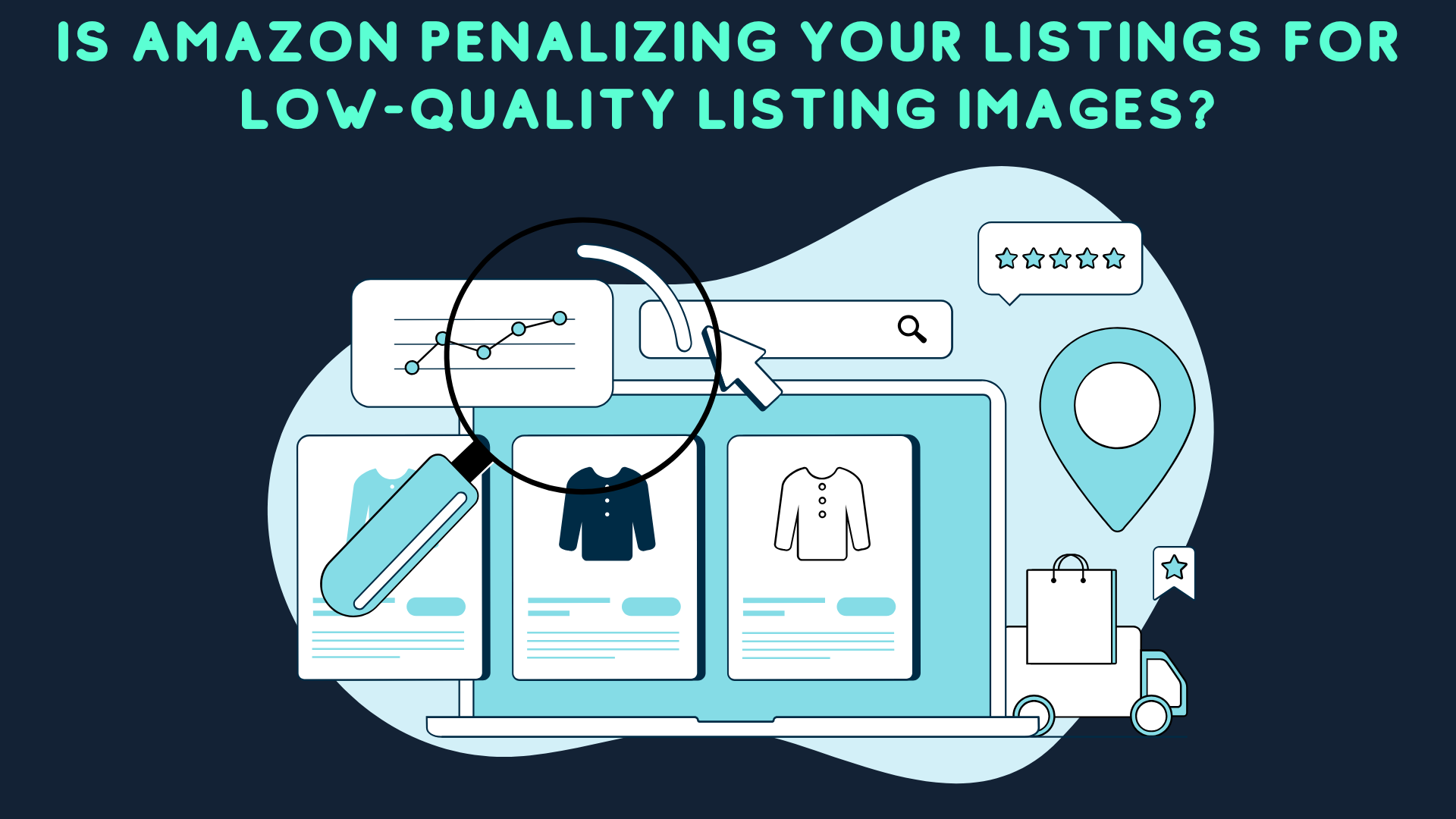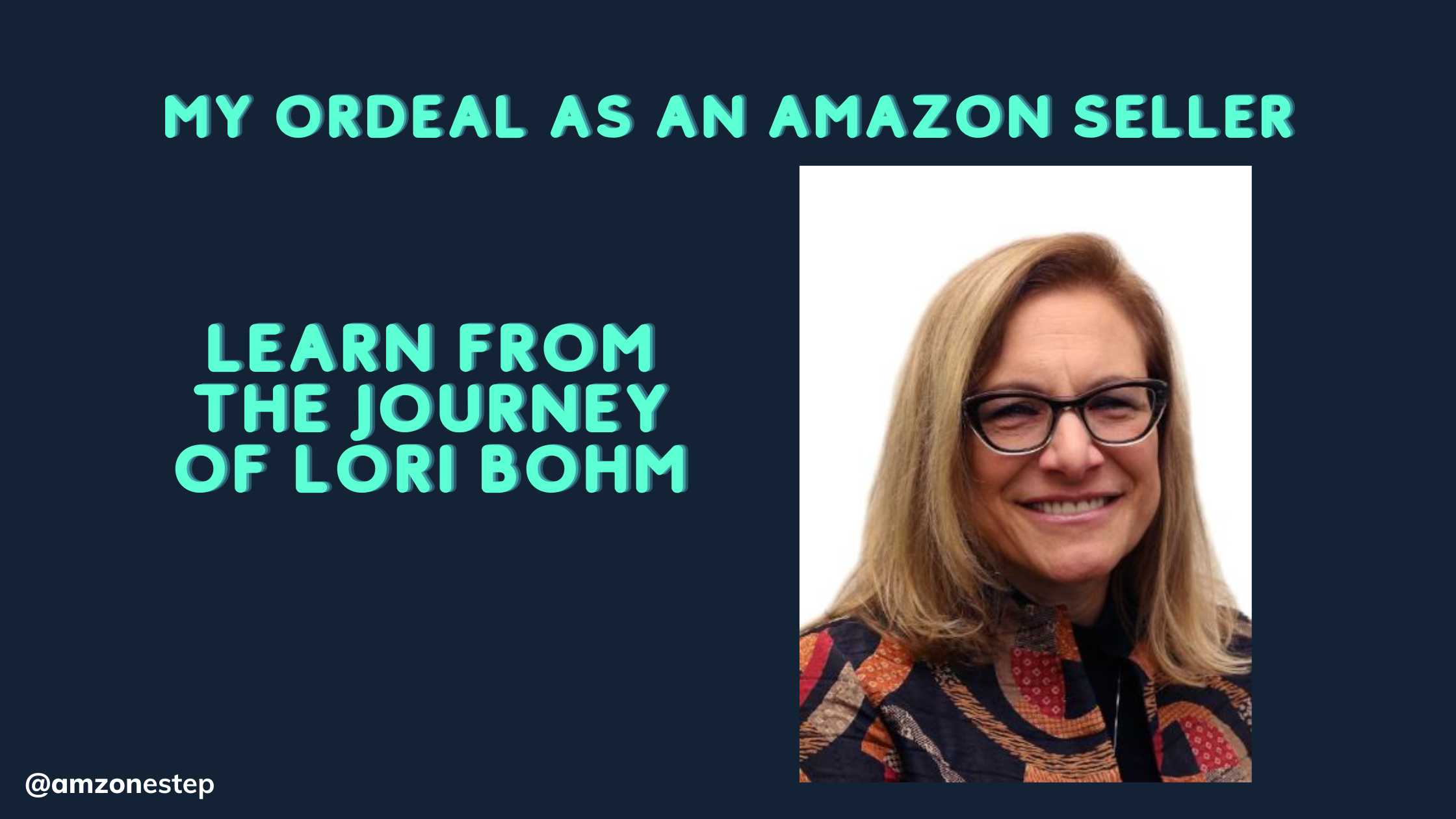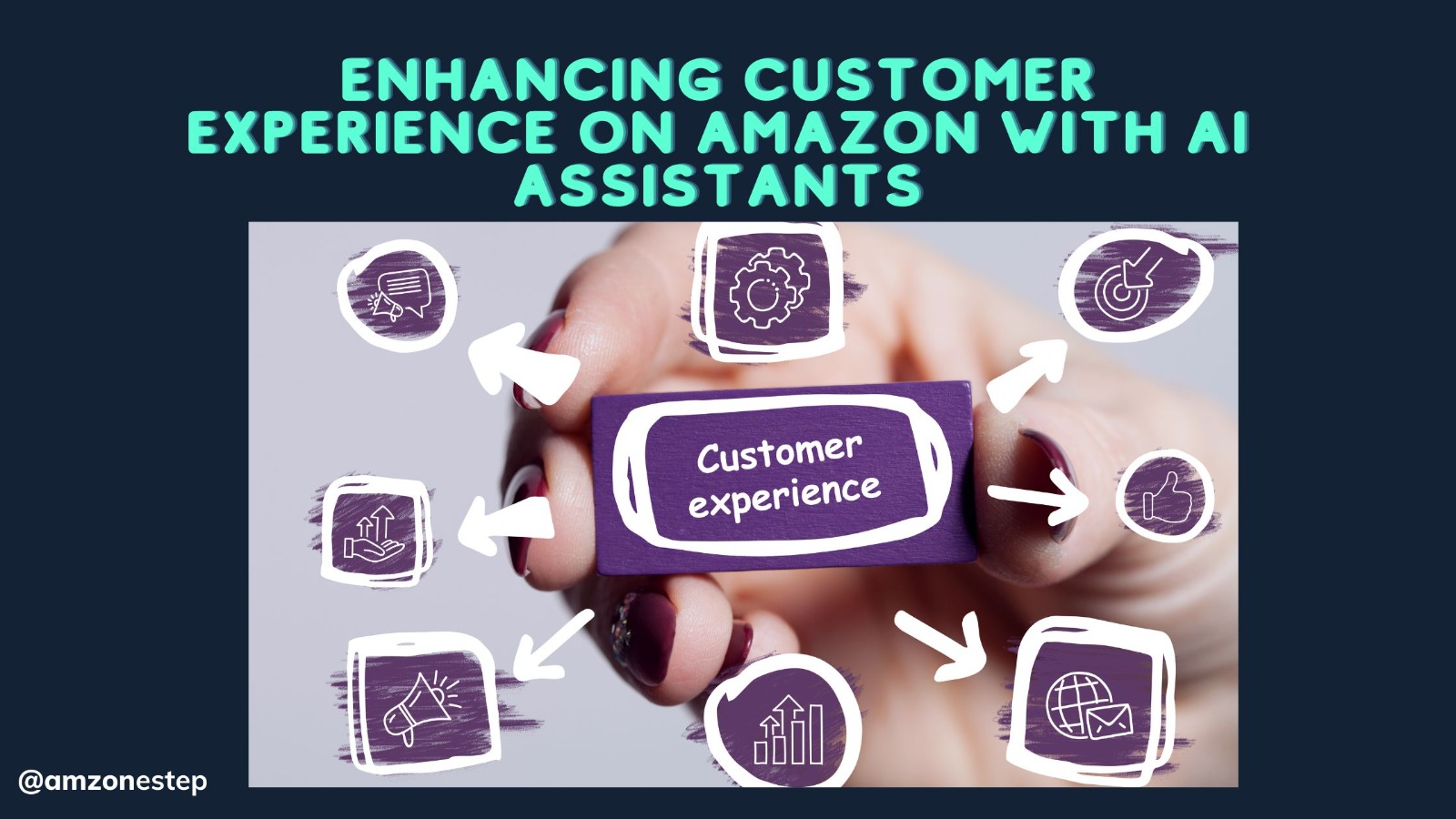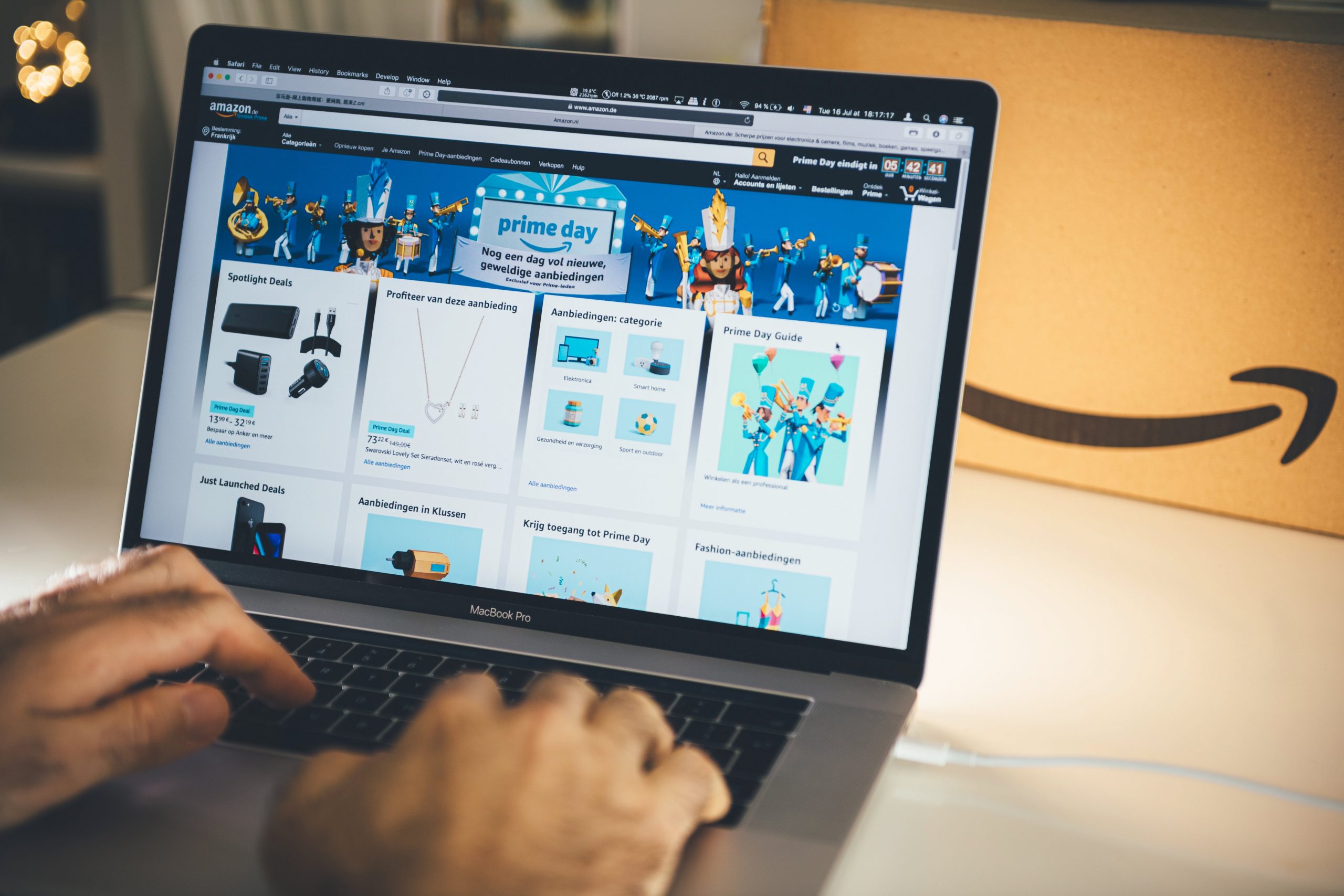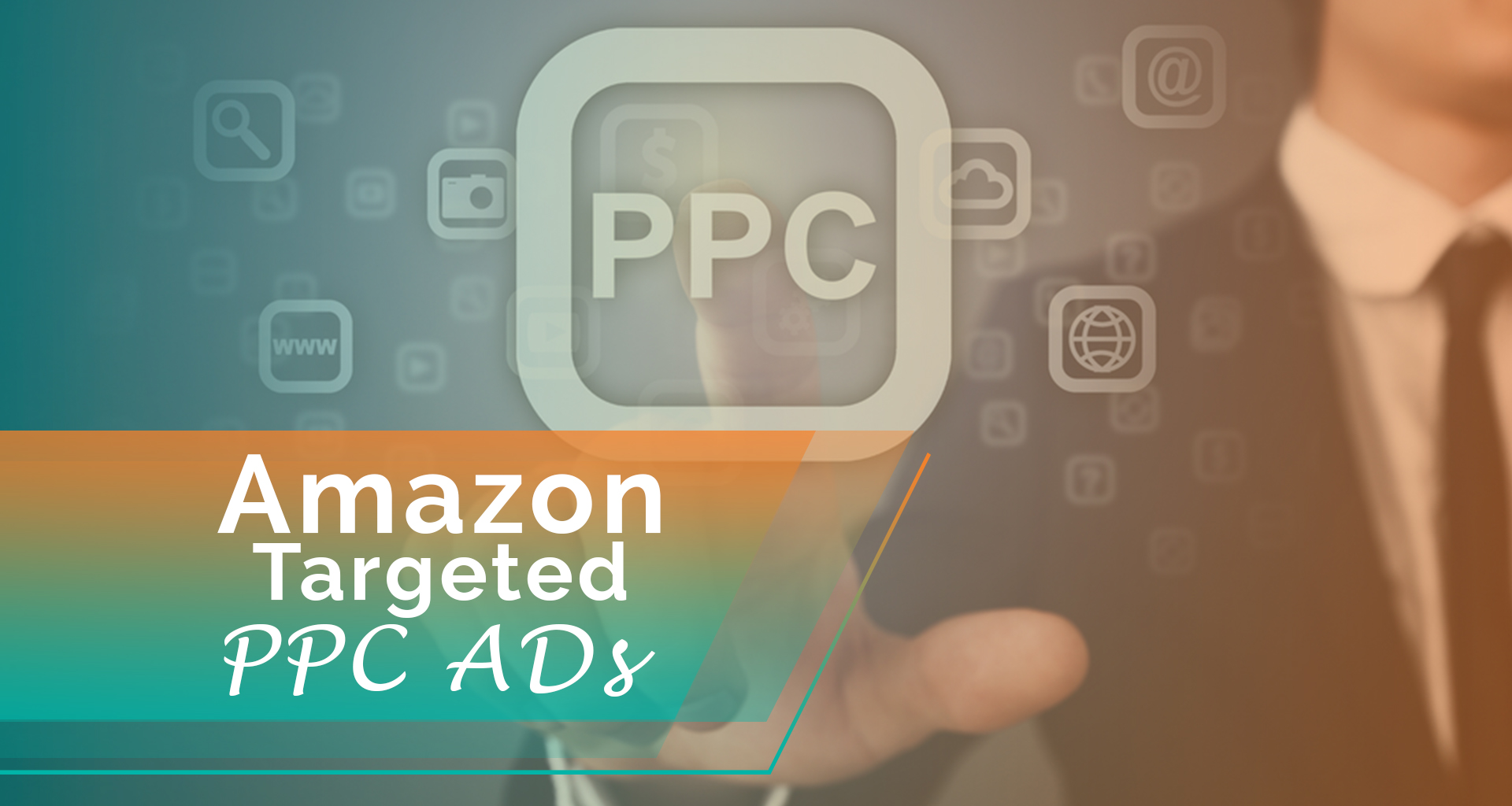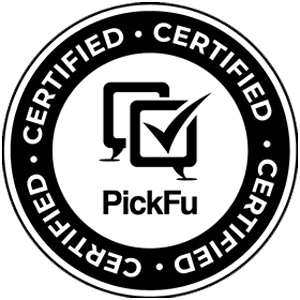Why most Amazon creatives fail to convert and the science-backed strategies
that increase sales by up to 34%
- 15 min read
- Conversion Focused
- Psychology-Based
! The $2.8 Billion Problem
Every day, millions of Amazon sellers lose potential sales because their product images are designed by people who’ve never actually sold on Amazon. This isn’t just a design problem—it’s a psychology problem that’s costing the marketplace an estimated $2.8 billion annually in lost conversions.
Traditional designers create images that look beautiful in portfolios but fail miserably at converting Amazon shoppers into buyers. They’re solving the wrong problem entirely.
Your designer thinks clean and minimal equals professional. Your Amazon customers think it equals boring and generic. This fundamental disconnect is why 73% of Amazon listings underperform in their image conversion rates.
🧠 Understanding Amazon Buyer Psychology
🔍Problem-Solving Mindset
Amazon shoppers aren’t browsing for inspiration—they’re hunting for solutions. Their brain is in problem-solving mode, scanning for visual cues that confirm “this product fixes my specific issue.”
⏱Time-Pressured Decisions
The average Amazon shopper spends only 6–8 seconds evaluating product images. Your visuals need to communicate value, solve problems, and build trust in mere seconds.
The Amazon Shopper’s Visual Processing Journey
-
1
First Glance (0–2 seconds)
Subconscious pattern recognition – “Does this look like it solves my problem?”
-
2
Problem Identification (2–4 seconds)
Conscious evaluation – “Can I see myself using this? Does it address my pain point?”
-
3
Trust Assessment (4–6 seconds)
Quality perception – “Does this look professional? Can I trust this brand?”
-
4
Value Justification (6–8 seconds)
Final decision – “Is this worth clicking on for more details?”
📈 Real-World Case Study: The 34% Conversion Breakthrough
Client: Kitchen Gadget Brand
Product: Multi-functional vegetable chopper targeting busy parents and cooking enthusiasts
Challenge: Low conversion rate despite high click-through rates from search results
❌ Version A: "Beautiful" Images
- Professionally lit studio photography
- Clean, minimalist white backgrounds
- Instagram-worthy lifestyle shots
- Perfect symmetry and composition
Result: 2.3% conversion rate
✅ Version B: Psychology-Driven Images
- Real kitchen with vegetable scraps scattered
- Frustrated parent struggling with knife
- Product transforming the chaotic scene
- Clear time-saving benefits highlighted
Result: 3.1% conversion rate (+34%)
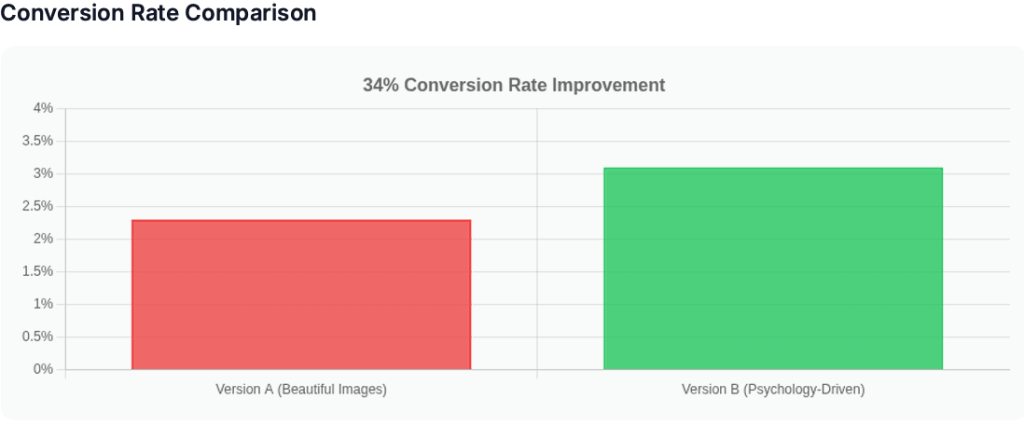
Key Insight
The 34% improvement wasn't just about changing images—it was about changing the entire psychological approach. Version B triggered emotional decision-making pathways that Version A completely missed.
Ready to Transform Your Amazon Images?
Get a FREE analysis of your current product images and discover your conversion potential
Advanced Conversion Optimization Strategies
1. The Problem–Agitation–Solution Framework
This psychology-based approach mirrors how the human brain processes purchasing decisions:
!Problem (Main Image)
Show the customer's current frustrating situation. Make them feel the pain point viscerally.
⚠Agitation (Lifestyle Images)
Amplify the emotional cost of not solving the problem. Show consequences.
✓Solution (Product in Action)
Present your product as the hero that transforms the situation completely.
2. The Trust-Building Hierarchy
Amazon shoppers need multiple trust signals before making a purchase decision:
-
1
Quality Perception (Main Image)
Professional photography that doesn't look amateur or fake
-
2
Social Proof (Lifestyle Images)
Real people using the product in authentic situations
-
3
Authority Signals (Infographics)
Certifications, awards, technical specifications, comparisons
-
4
Risk Reduction (Guarantee/Warranty)
Visual guarantees that minimize perceived purchase risk
3. The Cognitive Load Reduction Method
Minimize the mental effort required for customers to understand your product's value:
✔ DO: Reduce Cognitive Load
- Use visual metaphors customers already understand
- Show before/after transformations clearly
- Use familiar contexts and settings
- Highlight one key benefit per image
- Use arrows and visual guides
✘ DON'T: Increase Cognitive Load
- Force customers to decode artistic concepts
- Use abstract or symbolic imagery
- Include too many elements in one image
- Use unfamiliar or confusing perspectives
- Require customers to read long text blocks
The 7 Deadly Sins of Amazon Product Photography
-
1
The “Art Gallery” Mistake
Creating images that belong in a design portfolio, not a marketplace.
Fix: Focus on functionality over aesthetics. Show real-world usage scenarios.
-
2
The “Feature Overload” Sin
Cramming every possible feature into infographic images.
Fix: One key benefit per image. Let customers process information sequentially.
-
3
The “Stock Photo” Trap
Using generic lifestyle images that could sell any product.
Fix: Show your specific product solving specific problems in authentic contexts.
-
4
The “Perfect World” Fallacy
Showing unrealistically perfect scenarios that customers can’t relate to.
Fix: Include relatable imperfections that mirror real customer situations.
-
5
The “Size Confusion” Problem
Failing to communicate actual product scale and dimensions.
Fix: Always include scale references—hands, common objects, or size comparisons.
-
6
The “Competitor Copycat” Error
Simply copying successful competitors without understanding the psychology behind their success.
Fix: Analyze why competitor images work, then create your own psychology-driven approach.
-
7
The “Mobile Ignorance” Sin
Creating images that look great on desktop but fail on mobile devices.
Fix: Design mobile-first. Test all images on actual mobile devices before publishing.
Stop Losing Sales to Poor Images
Every day you wait is another day of lost conversions. Our psychology-driven approach has helped 500+ Amazon sellers increase their conversion rates by an average of 28%.
- FREE image audit and conversion analysis
- Custom psychology-driven image strategy
- A/B testing recommendations
- Mobile optimization guarantee
Why Choose AMZ One Step?
🧠 Psychology-First Approach
We don’t just create pretty pictures. We craft conversion-driven visuals based on proven buyer psychology principles.
✔ Proven Results
Our clients see an average 28% increase in conversion rates within 30 days of implementing our image strategies.
👥 Amazon Expertise
Our team consists of former Amazon sellers and conversion psychology experts who understand what actually works.
What Makes Us Different
Traditional Designers:
- Focus on aesthetic appeal
- Use generic stock photography approaches
- Design for portfolios, not conversions
- Ignore mobile optimization
- Don’t understand Amazon’s algorithm
AMZ One Step:
- Focus on conversion psychology
- Create custom, problem-solving visuals
- Design for sales, not awards
- Mobile-first optimization
- Deep Amazon marketplace knowledge
✔ Your Amazon Image Optimization Checklist
Main Image Checklist
- Product fills 80–85% of the frame
- Pure white background (RGB 255,255,255)
- Professional lighting with no harsh shadows
- High resolution (minimum 2000×2000 pixels)
- Clear product details visible
- Optimized for mobile viewing
Lifestyle Image Checklist
- Shows real problem being solved
- Includes relatable human element
- Demonstrates clear before/after
- Authentic, non–stock photography feel
- Emotional connection established
- Size/scale clearly communicated
Ready to 10X Your Amazon Conversions?
Stop losing money to poorly designed product images. Join 500+ successful Amazon sellers who’ve transformed their listings with our psychology-driven approach.
🔥 LIMITED TIME BONUS
First 50 clients get:
- FREE competitor image analysis ($297 value)
- Custom A/B testing roadmap ($497 value)
- Mobile optimization checklist ($197 value)
Total bonus value: $991 — Yours FREE

Kamaljit Singh is the Founder and CEO of AMZ One Step and a former Amazon seller. Kamaljit has been featured in multiple Amazon podcasts, YouTube channels. He has been organizing meetups all around Canada and the US. Kamaljit has over 350,000 views on his Quora answers regarding FBA. Kamaljit also founded AMZ Meetup where he organizes conferences for Amazon sellers.
